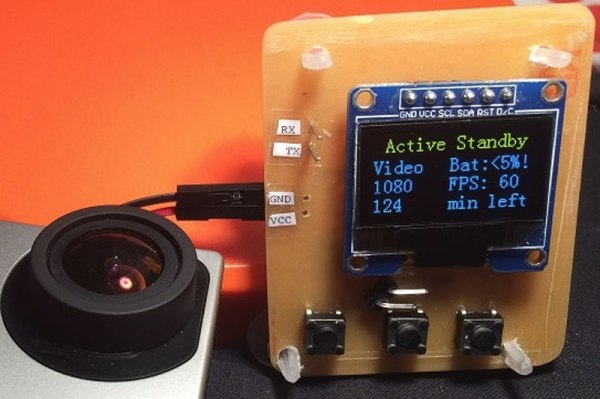The Internet is polluted with craziness, and there is no better example than YouTube. If you’ve ever wondered what would happen when you give everyone on the planet the power to show everyone else on the planet their innermost thoughts, desires, and insane ramblings, you need only look at YouTube.
One of the biggest offenders of incoherent ramblings is the subject of spaceflight. Simply search ‘space shuttle’ on YouTube, and you’ll find accusations of the crew of Columbia being abducted by aliens. Crazy, incoherent, and somewhat insulting. Accusations of a moon landing conspiracy are unavoidable in the ‘related videos’ section and are similarly filled with videos from people with either a tenuous grasp of reality or too much time on their hands.
A broken clock is right twice a day, a broken calendar is right every twenty-eight years or so, and every once in a while, simply from the volume of videos on the subject, one conspiracy theorist will present a new and novel idea. Here we present perhaps the only moon landing conspiracy theory that makes sense, is consistent with physical laws, and that may actually be true.
Continue reading “The Most Plausible Apollo Moon Landing Conspiracy Ever Devised”

















